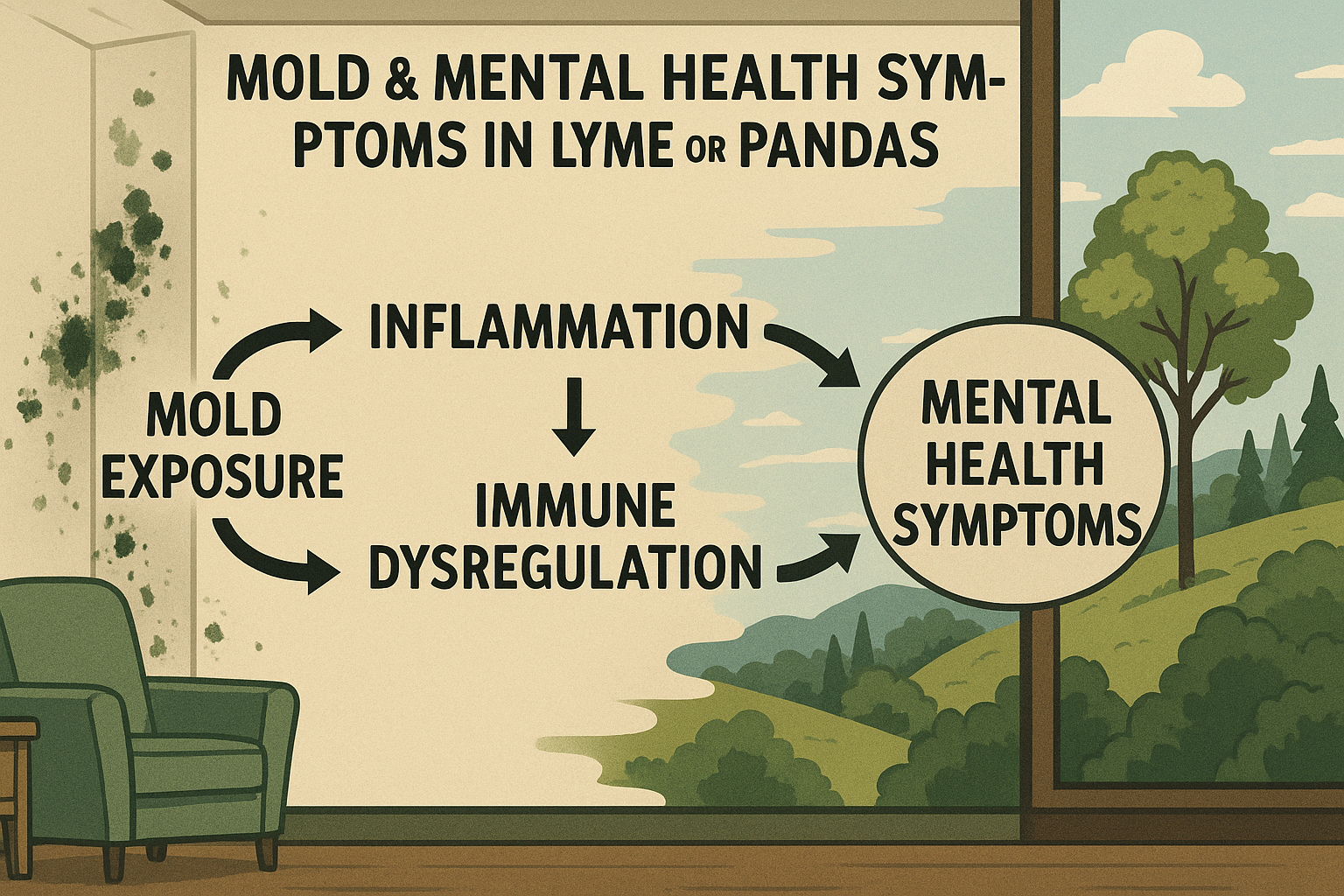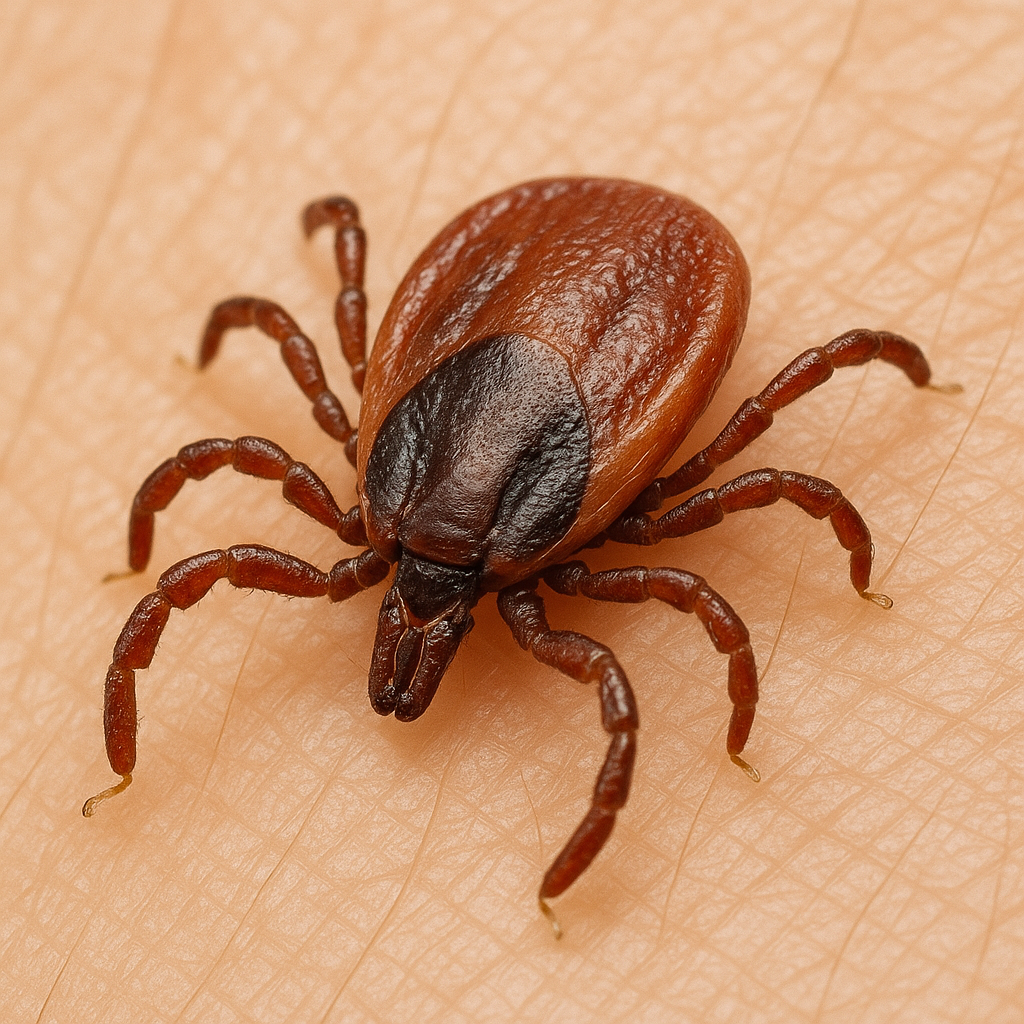Understanding the Intersection of Mold and Lyme Disease
Exploring Shared Symptoms and Pathways
Delve into the complex relationship between mold toxicity and Lyme disease, where overlapping symptoms and shared pathways challenge diagnosis and treatment.
Uncover the Hidden Connections
Shared Symptoms of Mold Toxicity and Lyme Disease
Navigating the Overlap: Fatigue, Pain, and Cognitive Challenges
Mold toxicity and Lyme disease often present with similar symptoms, creating diagnostic challenges. Both conditions can lead to persistent fatigue, debilitating joint pain, and cognitive issues such as brain fog and memory impairment. Understanding these overlaps is crucial for effective management and treatment.
Immune System Implications
Immune Dysregulation
Both mold exposure and Lyme disease can lead to significant immune dysregulation, complicating the body’s ability to fight infections and maintain health.
Chronic Inflammation
Chronic inflammation is a hallmark of both conditions, often exacerbating symptoms and hindering recovery. Addressing inflammation is key to managing these health challenges.
Increased Susceptibility
Exposure to mold and Lyme disease can increase susceptibility to other infections, highlighting the importance of comprehensive immune support and intervention.
Clinical Implications of Mold and Lyme Disease
The coexistence of mold exposure and Lyme disease can significantly complicate the recovery process. Both conditions share overlapping symptoms such as fatigue, cognitive difficulties, and joint pain, which can intensify when present together. Mold exposure may exacerbate Lyme-related inflammation and immune dysregulation, making it challenging for the body to recover. Patients often experience heightened symptom severity, requiring a comprehensive treatment approach that addresses both mold and Lyme disease simultaneously.
Impact on Recovery
When mold exposure coincides with Lyme disease, the recovery journey becomes more arduous. The immune system faces dual challenges, as mycotoxins from mold suppress immune function, while Lyme bacteria further complicate the body’s defense mechanisms. This dual burden can lead to prolonged recovery times and necessitates targeted interventions to manage symptoms effectively.
Managing Co-Exposure
Effective management of co-exposure to mold and Lyme disease involves a multifaceted approach. This includes environmental interventions to reduce mold exposure, alongside medical treatments to address Lyme disease. By tackling both issues concurrently, patients may experience a reduction in symptom severity and an improvement in overall health outcomes.
Mold and PANS/PANDAS: Emerging Insights
Understanding the Connection
Recent clinical observations suggest that mold exposure may play a significant role in triggering or exacerbating symptoms of PANS/PANDAS. These conditions, characterized by sudden onset of neuropsychiatric symptoms, are believed to be influenced by immune dysregulation. Mold, through its inflammatory and neurotoxic effects, may worsen these symptoms, leading to increased neuroinflammation. Clinicians are increasingly recognizing the need to consider environmental factors, such as mold, when diagnosing and treating PANS/PANDAS.

